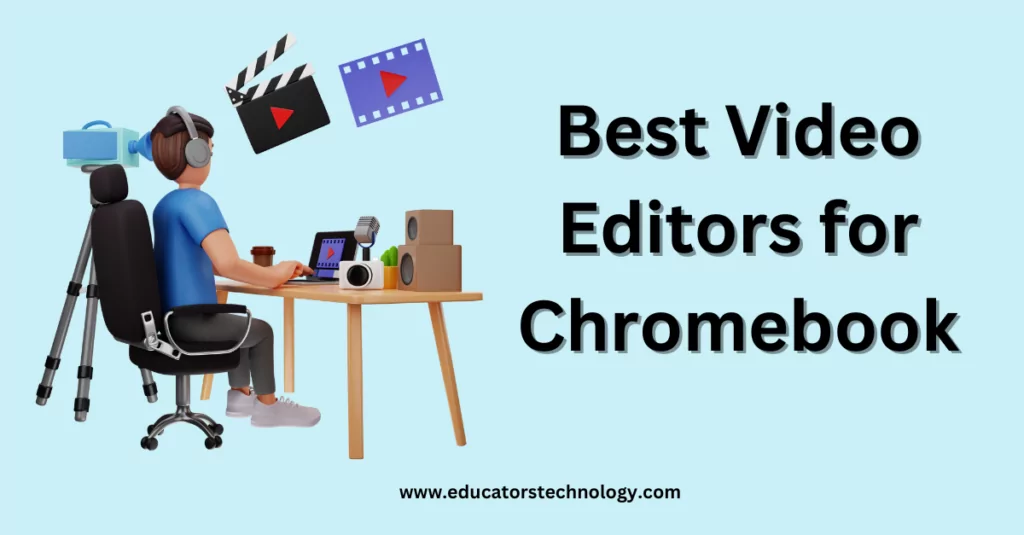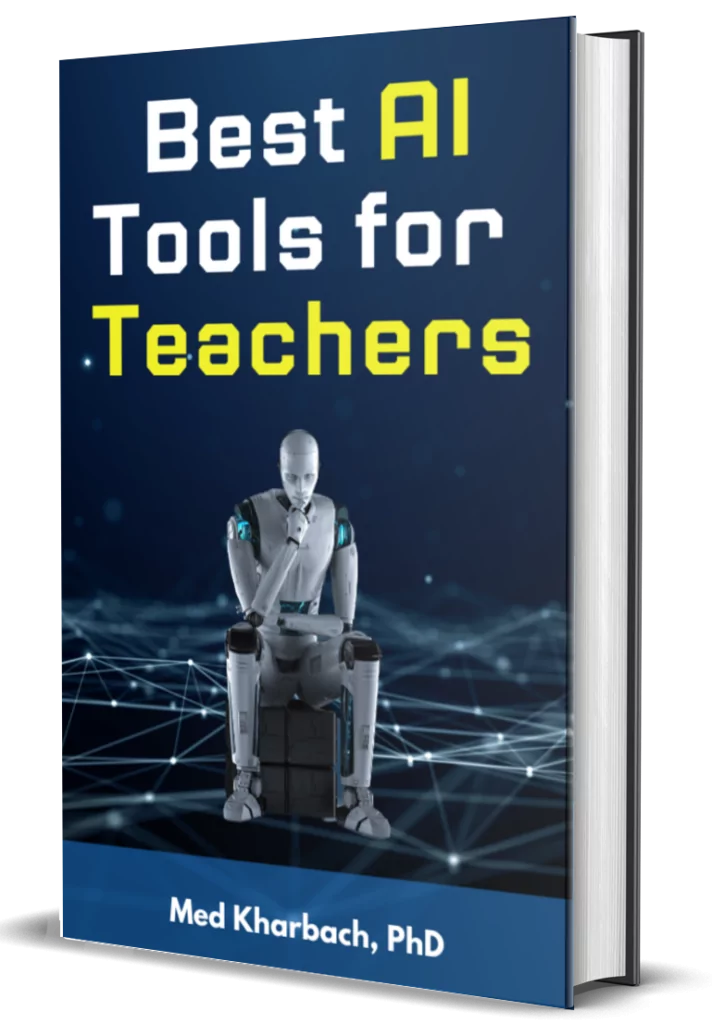Video editing is no longer a skill reserved for professionals; emerging edtech tools have made it super easy for anyone with almost no graphic design background to create awesome videos.

For us in education, video editing and creation tools have empowered both teachers and students to transform their ideas into compelling visual narratives. From enriching lesson plans with dynamic video content to student-created videos showcasing their understanding and creativity, video editing tools are transforming the way we learn and teach.
If you’re a teacher or student using a Chromebook, you’re in luck! We’ve curated a list of the top video editing tools available on this platform, designed to cater to a wide range of abilities and needs. Whether you’re just starting out or you’re a seasoned video editor, these tools provide an array of features to make the video creation process accessible and enjoyable.
Video editing tips for teachers and students
Video editing is an important 21st century skill for both teachers and students. It can help students express their creativity and understanding of a subject, while teachers can use it to create engaging educational content. Here are some video editing tips to help you and your students make the best of videos in teaching/learning
- Start with Storyboarding: Storyboarding helps to organize your thoughts and plan out your video content before you start editing. This is especially useful for educational content where you want to ensure the flow of information is clear and logical.
- Keep it Short and Engaging: For educational videos, it’s best to keep them short and to the point. Attention spans can be short, especially for younger students, so aim to communicate your message as succinctly as possible.
- Use Clear Visuals: Using clear and relevant visuals can help reinforce the information you’re sharing. This could be images, diagrams, or even animations.
- Add Captions: Not all students learn the same way. Some may benefit from having captions or subtitles in your videos. This not only caters to different learning styles but also ensures your content is accessible to students with hearing impairments.
- Incorporate Interactive Elements: If your video editing software allows it, try to incorporate interactive elements like quizzes or clickable links. This can help keep students engaged and reinforce their understanding of the content.
- Invite Student Collaboration: Video projects can be a great opportunity for group work. Encourage students to collaborate on the video editing process, which can help them learn teamwork and improve their communication skills.
- Encourage Creativity: Let students express their creativity in their videos. This could be through their choice of visuals, music, or narrative style. Encouraging creativity can make the video editing process more enjoyable for students and result in more unique and engaging content.
- Teach Digital Literacy: Video editing projects are a great opportunity to teach students about digital literacy. This includes topics like copyright (using copyright-free music and images), online safety, and digital etiquette.
- Celebrate Mistakes and Learning: It’s okay if your first few videos aren’t perfect. Video editing is a skill that takes time to learn. Celebrate the progress and the learning journey, not just the final product.
Best Video Editors for Chromebook
1.WeVideo
WeVideo is a cloud-based video editing platform that has all the basic functions of a video editor. It offers features like trimming clips, adding sound effects or music, and adding text titles.
2. Clipchamp
This is a browser-based tool that lets you edit videos for free. It includes options to trim, cut, flip, and rotate video clips. Clipchamp also has a vast library of audio and visual effects that you can add to your projects.
3. Openshot
Openshot is another video editor that is known for its user-friendly interface. It provides features for layering multiple video tracks, modifying track size and position, and adjusting playback speed.
4. KineMaster
KineMaster is a full-featured video editor with powerful tools that are easy to use. It supports multiple layers of video, images, and text, as well as precise cutting and trimming.
5. Adobe Express Free Video Maker
Adobe Express is a dynamic, user-friendly video creator that allows you to tell your story in a unique and compelling way. It comes with various expertly curated themes complete with appropriate fonts, transitions, and color schemes. All you need to do is choose the theme that best suits your project, and Adobe Express will efficiently tie your clips together into an impactful video..
6. Veed
Veed is an online tool offering simple but powerful video editing capabilities. It is perfect for adding subtitles, editing content, and creating video effects. It’s user-friendly, and its straightforward design makes it an excellent choice for beginners.
7. Kapwing
Kapwing is an online tool for editing images, videos, and GIFs. It’s perfect for trimming videos, adding text, images, shapes, and even supports layering and scene duration adjustments. The platform is straightforward and requires no downloads.
8. Magisto
Magisto focuses on creating content suitable for social media. This app is perfect for those who may not have advanced video editing skills but still wish to produce high-quality, professional-looking content on their Chromebooks. Leveraging the power of artificial intelligence, Magisto can create exceptional videos from images and other footage.




